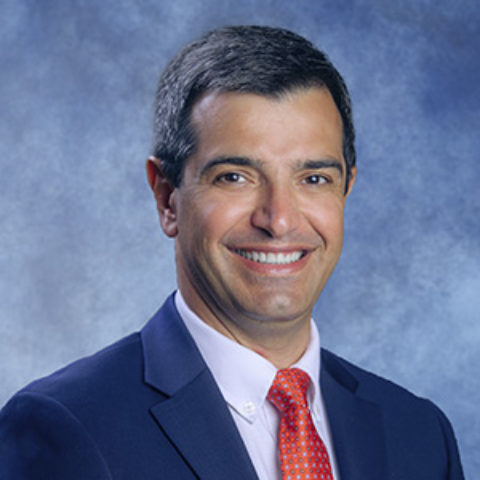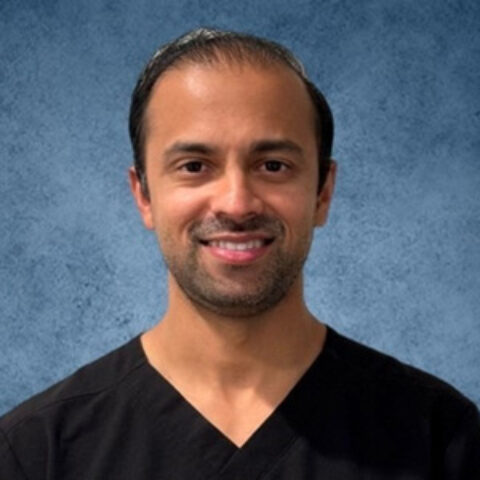 Performing pediatric neurosurgery requires special experience, training, qualifications, and certifications. The neurological conditions that affect children are different than many of the issues that affect adults, and pediatric patients often need ongoing follow-up and care. Neurosurgery for pediatrics often corrects things like gait issues, birth injuries, spinal and head deformities, and problems with the brain, spine, or nerves.
Performing pediatric neurosurgery requires special experience, training, qualifications, and certifications. The neurological conditions that affect children are different than many of the issues that affect adults, and pediatric patients often need ongoing follow-up and care. Neurosurgery for pediatrics often corrects things like gait issues, birth injuries, spinal and head deformities, and problems with the brain, spine, or nerves.
 Some of the issues treated with pediatric neurosurgery include:
Some of the issues treated with pediatric neurosurgery include:
- Hydrocephalus – This is buildup of cerebrospinal fluid, which puts unwanted pressure on the brain. This condition can be congenital or acquired due to trauma or tumors, and symptoms include nausea, headache, blurry vision, and problems with balance and bladder control. Shunt surgery is performed to drain the fluid to treat hydrocephalus.
- Myelomeningocele – This is the most serious form of spina bifida, a neural tube defect. It occurs when vertebrae do not form properly, allowing for a small sac to extend through the opening. The protruding sac contains spinal fluid and tissues, and sometimes a portion of nerves. The patient will lose function below the myelomeningocele. Surgery is performed to close the covering around the spinal cord, followed by closing the surrounding muscles and then the skin over the opened area. A shunt may be needed to treat water on the brain as well.
- Meningocele – This is the least common form of spina bifida and is characterized by a sac protruding from the spinal column containing spinal fluid. An endoscopic procedure is performed a day or two after birth to close the meningocele.
- Encephalocele – This is a neural tube defect that affects the brain and occurs in 375 babies in the United States each year. It is characterized by a sac-like protrusion of the brain due to the neural tube not closing properly during pregnancy. This condition results in nervous system problems and can lead to a buildup of fluid in the brain as well as seizures, developmental delays, uncoordinated movements, and loss of strength in the arms and legs. A craniotomy is performed to replace the tissue, membranes, and fluids that have escaped the gap in the skull and then remove the sac.




